Nurse-driven device innovations and inventions can improve patient care.
Takeaways:
- Several institutions already recognize the importance and power of a combining nursing with more extensive science and engineering education and experiences.
- As primary healthcare providers, nurses should and can be at the forefront of medical invention and innovation.
- Providing interested and capable nursing students with improved, structured programs to pursue basic science and engineering training will provide enhanced opportunities for this special population to uniquely contribute to the healthcare invention and innovation space.
Nursing contributions to medical inventions and innovations aren’t unheard of, but the role nurses play as frontline healthcare professionals begs the question: Can nurses contribute more? After all, we do spend the most time with patients and understand what’s needed to enhance their experience, care, and outcomes.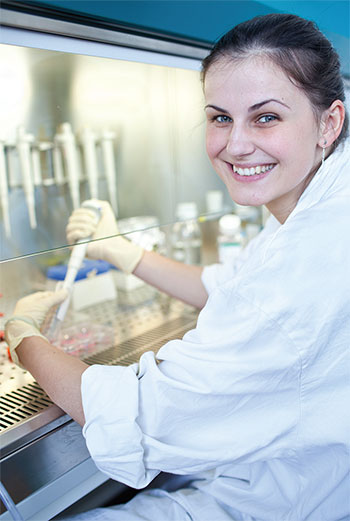

So, how does health care take advantage of this untapped resource? Are you interested in making a contribution to medical device development? In this article, we’ll look at some recent nursing inventions and discuss how the profession can provide nurses with a path to education that encourages invention and innovation.
Where are the nurses?
Did you know that 42 nurses have been responsible for 94 inventions from 1865 to 2003? Here are some of the more recent contributions.
Bili-Bonnet—A neonatal intensive care nurse invented this latex-free compression net bonnet that holds eye guards in place to reduce the risk of ultraviolet light exposure when neonates are treated for jaundice.
Aqua-Box—This wall-mounted canister allows contaminated fluids to be treated with a U.S. Food & Drug Administration–approved disinfectant for safe disposal.
Neonur—Used to measure the complex choreography of sucking, breathing, and swallowing that can indicate developmental issues in premature infants, this device decreases the risk of failure to thrive, which affects half of all newborns with congenital heart defects.
However, an investigation of medical innovations from the United States Patent and Trade Office shows that 5,639 medical device patents have been awarded from 1976 to 2015, but fewer than 5% (P = 0.006) are associated with nurses. This would seem to demonstrate that valuable discovery and innovation opportunities are being missed because of the lack of nursing engagement.
How can the profession better prepare nurses for innovation?
Nursing students have always had the opportunity to pursue nursing and basic science or nursing and engineering education, but independent of each other. A better way to encourage nurses to contribute to technology innovation might be with dual-degree programs. If baccalaureate and advanced practice nursing education institutions offered structured nursing and science or nursing and engineering curricula, students would have an opportunity to build foundational skills that would better position them to participate as future healthcare innovators and inventors.
Ultimately, dual-degree programs would produce a new demographic of nurses who would be uniquely trained to comprehend technical challenges and prepared to methodically and systematically explore and develop solutions to resolve patient-care issues. (See Pioneering institutions.)
Pioneering institutions
| Several institutions already recognize the importance and power of combining nursing with more extensive science or engineering education and experience. Examples of those pioneering efforts to trail blaze the nurse-scientist or nurse-engineer role include the following. • Duquesne University School of Nursing has a 5-year biomedical and bachelor of science in nursing dual-degree program. |
What can you do?
As primary healthcare providers, nurses should be at the forefront of invention and innovation, but they’re not. Encouraging them to contribute to the creation of medical devices that improve patient care and safety requires providing them with the foundational education in science and engineering that gives them the confidence to step up. Creating dual-degree programs will result in the development of nurse-scientists and nurse-engineers who lead patient care into the future.
You can help in this effort by encouraging nursing schools and nursing organizations to make the development of these dual-degree programs a priority. Aspiring nurses interested in invention and innovation can consider applying to a school that already has a dual-degree program. Practicing nurses (at the baccalaureate and graduate level) can consider additional basic science or engineering training or other degrees to support their efforts, as well as seek opportunities at institutions that recognize and embrace the concept of the inventive nurse.
Charles R. Davis is a school nurse in the Webutuck Central School District in Amenia, New York. Mary Ellen Smith Glasgow is dean and professor at Duquesne University School of Nursing in Pittsburgh, Pennsylvania.
Selected references
Kliger J, Lacey SR, Olney A, Cox KS, O’Neil E. Nurse-driven programs to improve patient outcomes: Transforming care at the bedside, integrated nurse leadership program, and the clinical scene investigator academy. J Nurs Admin. 2010;40(3):109-14.
McClelland M, Klienke D. Improving lives using multidisciplinary education: Partnering to benefit community, innovation, health, and technology. J Nurs Educ. 2013;52(7):405-9.
Metler R. Patented technologies of nurse-innovators. Proceedings of the American Public Health Association Meeting, Washington, DC. 2005.
Prototype online: Inventive voices. Sharon Rogone, a neonatal nurse-turned-inventor, talks about her first invention. Smithsonianmag.com. March 2008.
Rice S. Nurses devise their own innovations. Mod Healthc. 2015;45(42):28.
Robert Wood Johnson Foundation. Bringing nurse making to the forefront of health care. 2014.

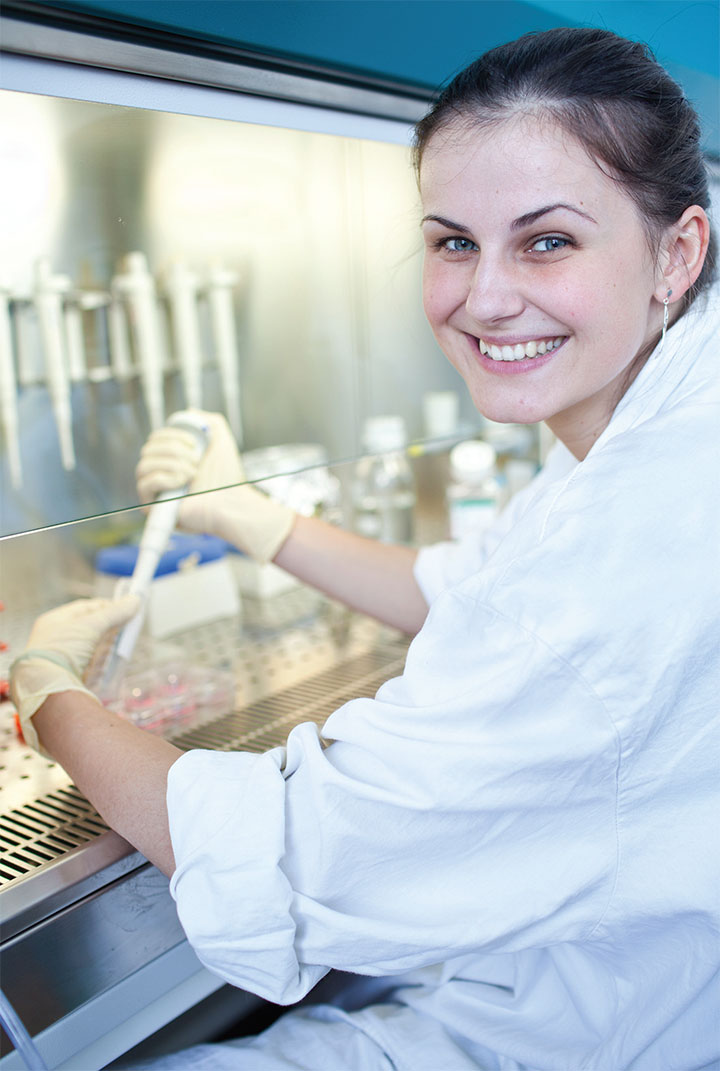




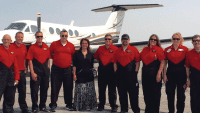


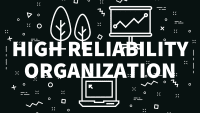

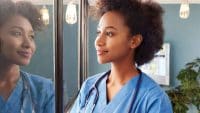
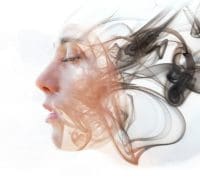
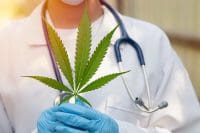
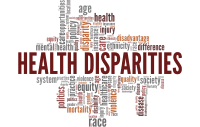
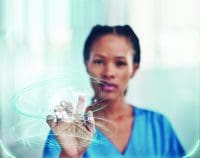
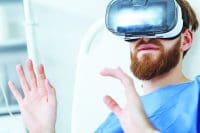
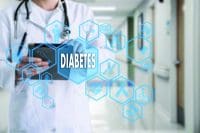

2 Comments.
I already completed my Bsn , if I wanted to have any of nursing engineer classes , just for my knowledge , then can I take it ? , are there any classes like that for nurse ?
Please also note this reference, although old.
Comput Nurs. 1993 Mar-Apr;11(2):67-71.
The nurse engineer: a way to better nursing information systems.
Hendrickson MF1.
Currently, there are few significant nursing information systems that can meet the basic needs of nursing (Zielstorff, McHugh, & Clinton, 1988). Some factors that may relate to this problem include the amount of nurse input, the effectiveness of communications between nurses and engineers, and the state of nursing practice. One method that may address this problem is to involve nurse engineers, nurses with technical degrees, in the development process. As a key member of the development team, the nurse engineer can encourage intensive use of nurse input, function as a translator and clarifier, thereby reducing communication problems, and assist the development team to analyze the diversity in nursing practice. Using nurse engineers in the development process may result in better nursing information systems